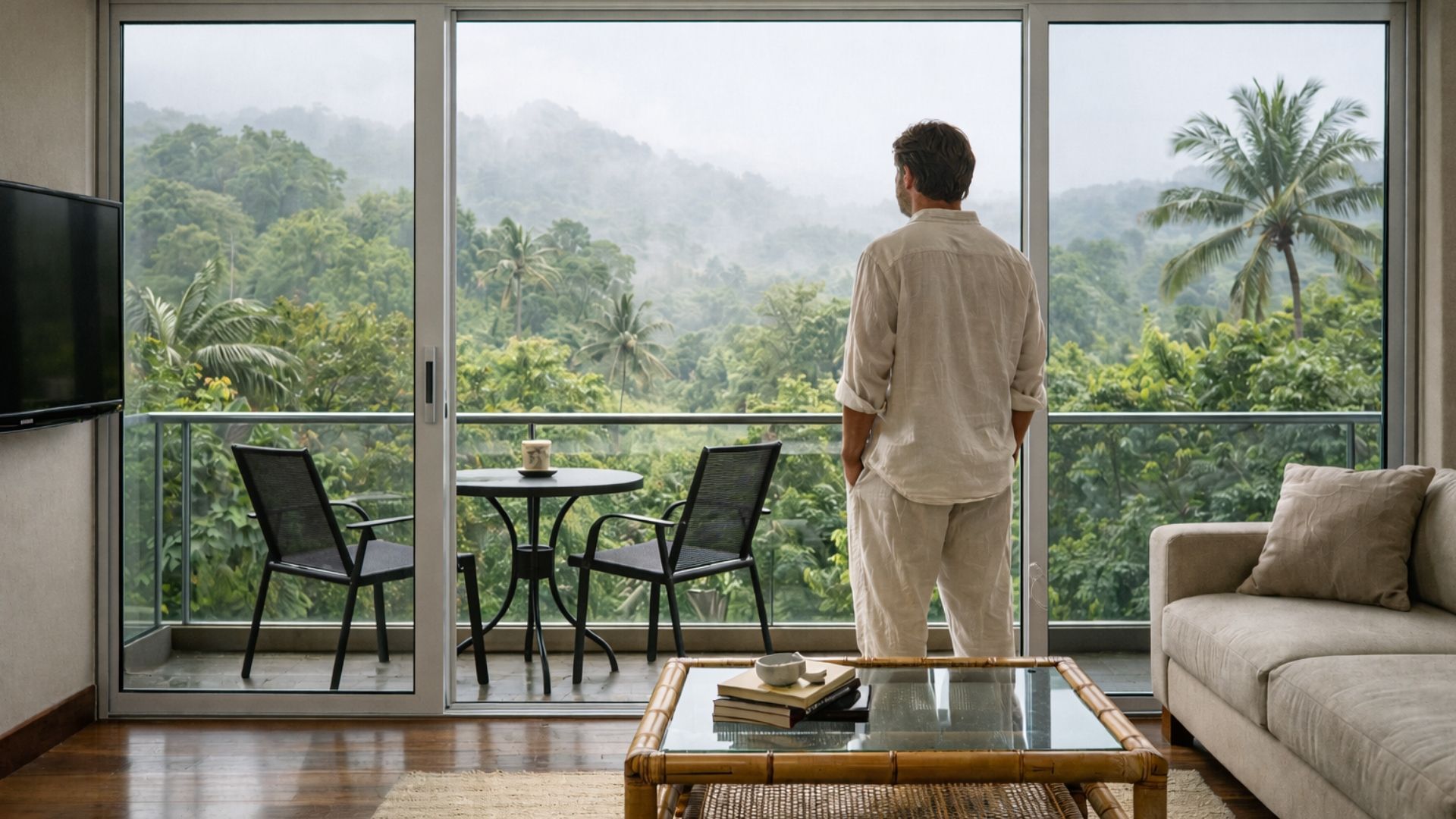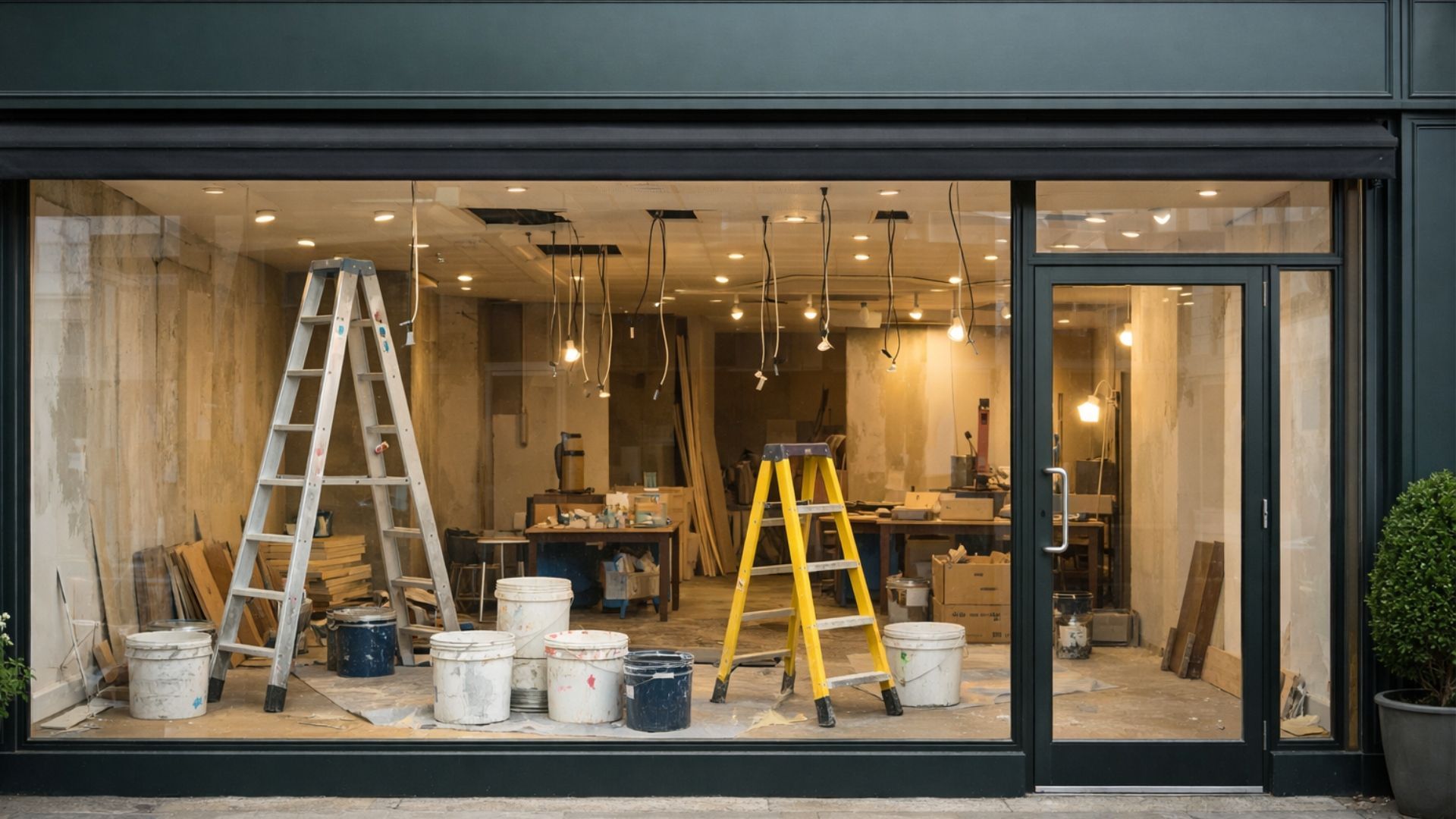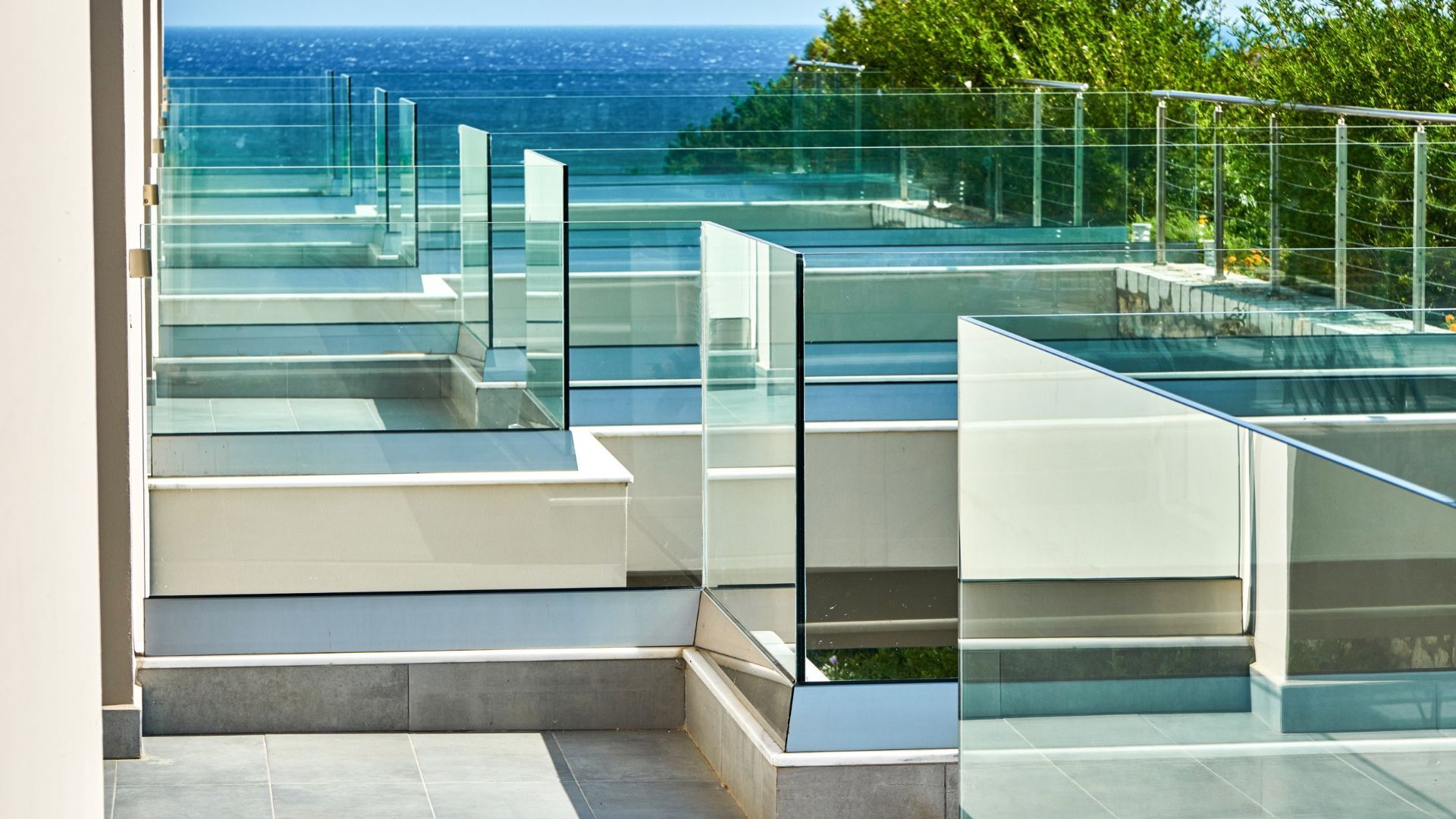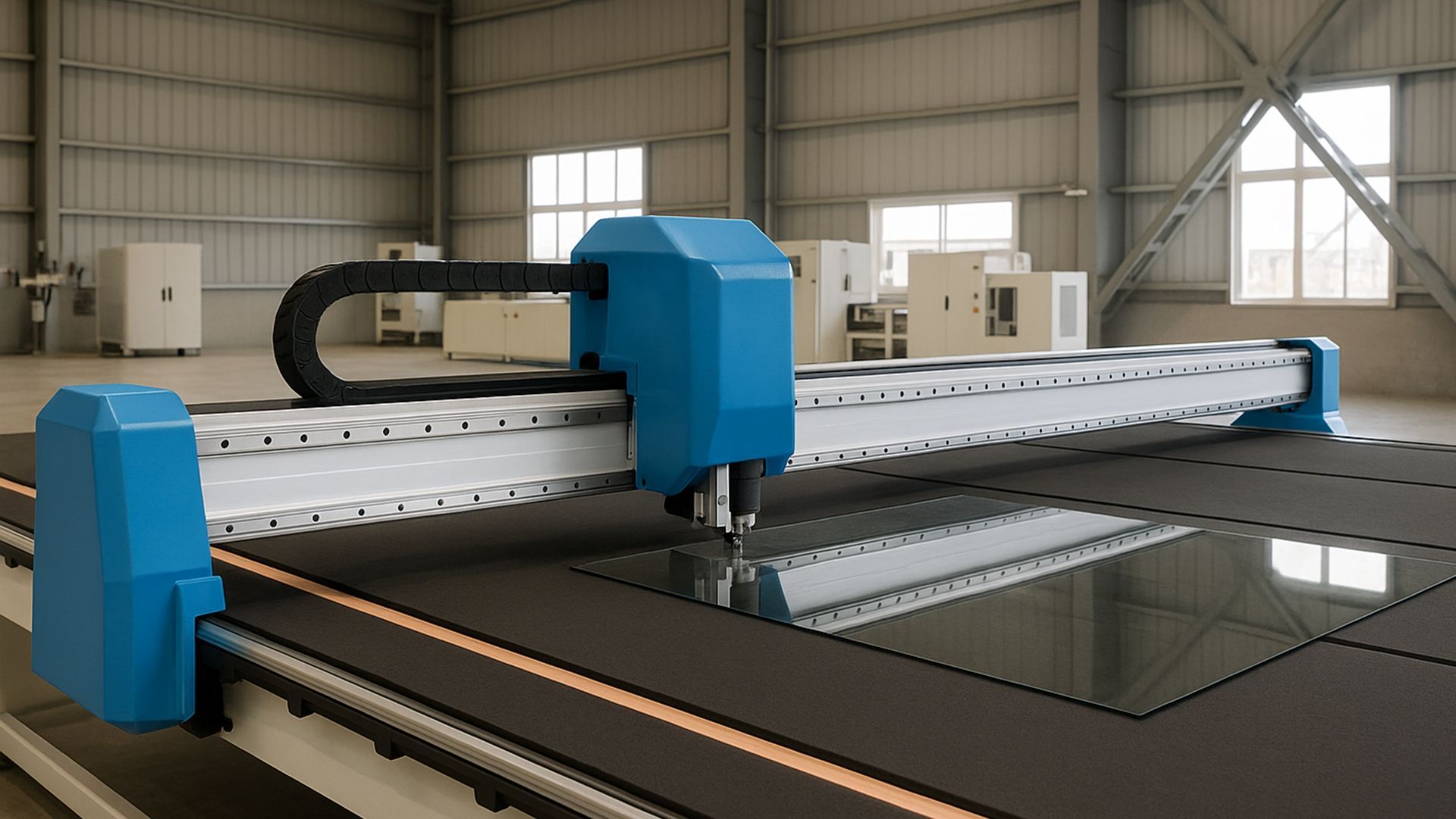Structural glass explained (FAQs, tips and applications)
Share this blog:
Structural glass refers to a huge range of architectural applications of glass. Join us as we answer some FAQs and provide some buyer tips.
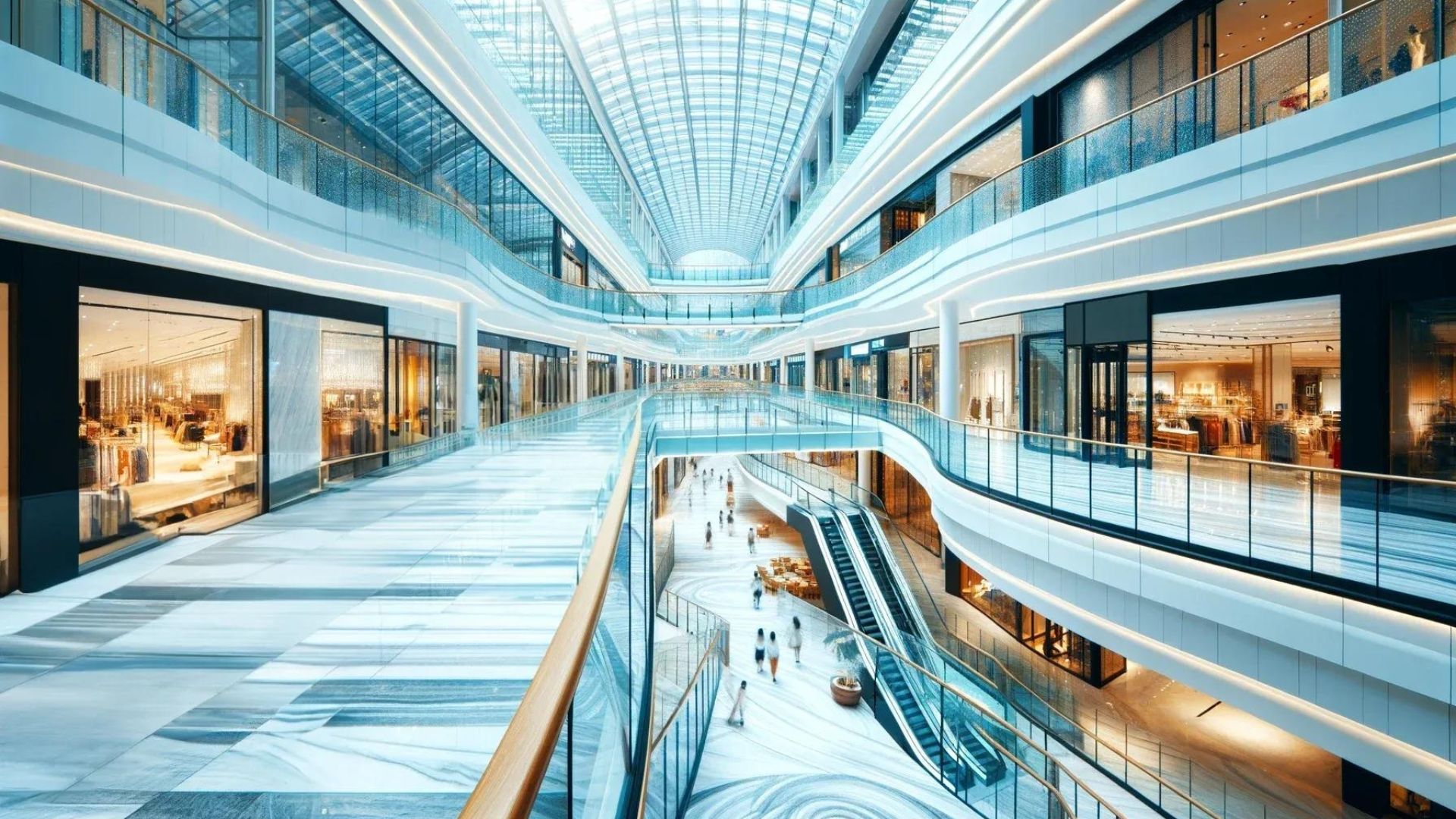
Glass is nothing if not versatile. It can be used for everything from tumblers to towers, from picture frames to picture windows.
One exciting branch of glass manufacturing is what's known in the industry as "structural glass".
This is a broad term that covers a lot of different types of glass installations. What they all have in common is that they're frameless and load-bearing.
Consider the glass walkway on London's Tower Bridge. It hangs 42 feet above the Thames, giving visitors a jaw-dropping – and potentially knee-trembling – view of the traffic crossing the bridge below.
This is a showstopping example of structural glass. It's only possible because the glass has been cut and installed in such a way that it can withstand a large load.
But structural glass doesn't cover only tourist attractions. It also includes architectural features like frameless glass balustrades. Historically, a balustrade was a railing held up by supports, typically made of stone or timber, that formed a low, protective wall. You find them most often on balconies, staircases and bridges.
Today, expensive new builds will show off a frameless glass balustrade with a lightweight handrail. The look is modern, sleek and minimalistic.
These are just two examples. Structural glass is a broad church. It even encompasses
glass churches – take St Matthew's Church on Jersey, with its glass-filled interior designed by René Lalique.
In this article, we take a look at some of your most frequently asked questions about structural glass and its applications.
What are some popular applications for structural glass?
Structural glass can be used as a material to replace a building's existing features – roofs, walls and windows, for instance.
But it can also be used to add entirely new features like canopies, balconies, bridges and glass box extensions.
Most people who buy glass for structural glazing – whether as homeowners or architects – will be doing so only for individual units or additions. But when the budget allows, the possibilities are broad.
Take the Farnsworth House in Plano, Illinois: a 1,500-square-foot glass-and-steel weekend retreat designed by Ludwig Mies van der Rohe, one of the pioneers of modern architecture.
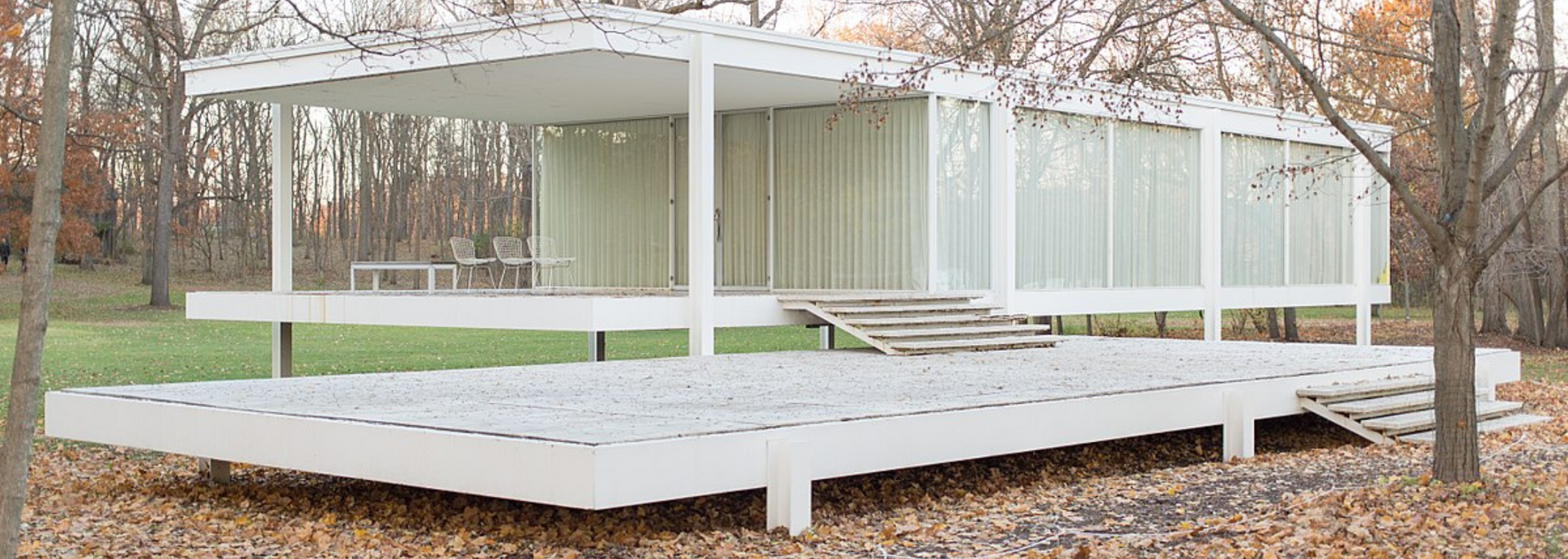
Then there's the Glass House in New Canaan, Connecticut: a glass-walled building that took inspiration from the Farnsworth House.
Glass is often turned to for its aesthetic simplicity. The Glass House, for instance, has been described like
this: "Sure, it's just a box of clear glass in the woods, but that simplicity makes this 1949-era house stand out as particularly beautiful."
Or consider the glass skyscrapers that loom over the world's biggest cities, from New York to Tokyo. These are direct products of modernist architects from the 1920s onwards.
What are the advantages of structural glass?
There's no getting around it: structural glass is going to cost you. But its benefits can make the investment worthwhile, whether you're a homeowner looking for an elegant addition to your property or a commercial architect embarking on a new project.
First, it increases the amount of natural light in a building. Some studies have claimed that natural light is good for your health, both physical and mental. Whether or not these studies are watertight, they chime with a common-sense view of sunlight: it can make us feel more positive about our surroundings.

Second, it's as tough as old boots. Gone are the days when structural glazing was a safety risk. The materials used are super-safe and super-strong, built to withstand the loads required.
Third, glass has come a long way as an insulator. Connecticut's Glass House is bold and beautiful – but it was notoriously bad at keeping the heat in. This is no longer the case. Double and triple-glazed units are ideal for heat retention.
This has two main advantages. One is that you'll be spending less on heating bills in the colder months. The other is that it makes your property greener by reducing its carbon emissions. Glass, structural or otherwise, is good for your wallet and the future of the planet.
Finally – and perhaps most importantly – structural glazing can look fantastic. This holds true whether you're looking at a sheer glass balcony on a residential property or a multi-faceted facade in a big city's financial district.
What should you look for in a structural glass supplier?
Successful structural glazing is impossible without industry-level standards of safety. That means you should always go with a supplier whose products are Kitemark-approved and meet all the relevant British and European regulatory standards. The alternative is to put your customers, staff or visitors at risk.
Modern supply chains have a tendency to fragment. This means you can end up getting one company to make your glass and another to cut it. This can quickly become a headache.
Consider working with a glass processor that manufactures, cuts and delivers all under one roof. Convenience is often sorely underrated when expensive projects are concerned.
Is your supplier a good communicator? Are they shrugging off questions or ignoring them altogether? Are they hiding behind a smokescreen of technicalities? You'd be better off working with a jargon-free company that wants to keep you informed and puts your requirements ahead of its own.
Finally, experience goes a long way. While the industry needs new blood to develop, you want peace of mind – so look for a company that's put the hard yards in and has a good reputation online.
Conclusion
From skyscrapers to skylights, structural glass can be versatile, impressive and transformational. But there's no two ways about it: structural glass installation is a complex and pricey undertaking.
Making sure that your supplier is accredited, communicative and experienced will boost your chances of success – so take your time and shop around before you sign on the dotted line.
Are you looking for high-quality
structural glass fixings? Don't hesitate to
get in touch with ToughGlaze for a quick and competitive quote.

